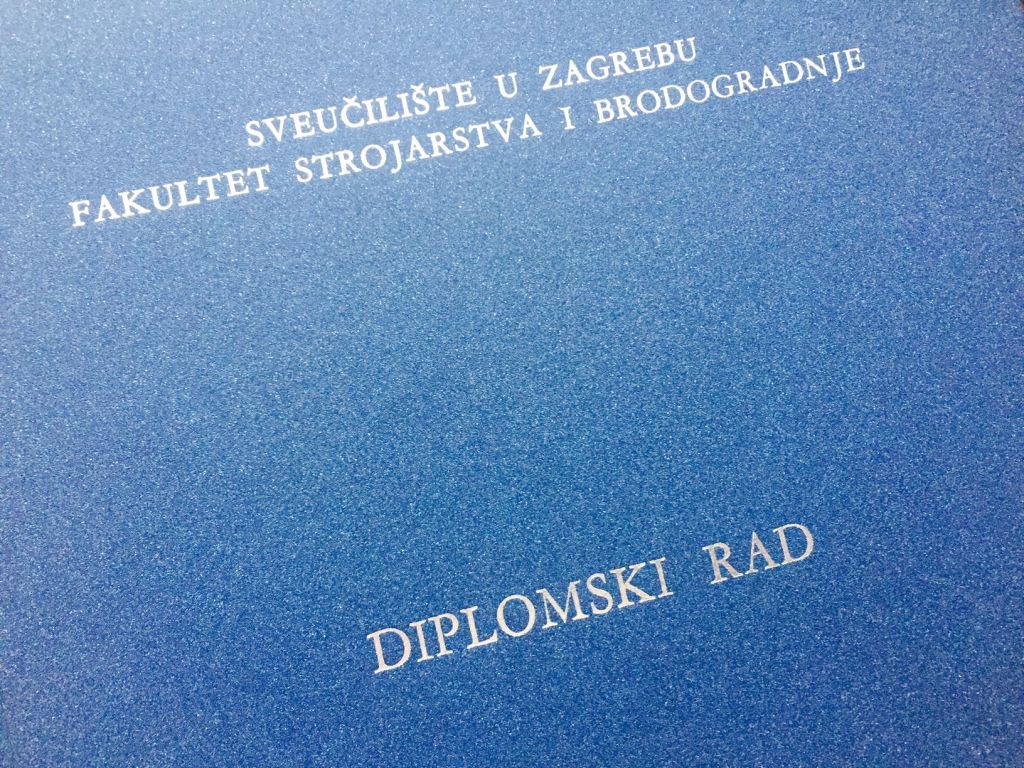This thesis explores how immersive technologies, in combination with reverse engineering methods, can enhance the analysis and understanding of technical systems. The main focus is on comparing three different environments – physical, CAD model, and virtual reality (VR) – in the context of the user's ability to perceive functionality, dimensions, materials, as well as the disassembly process and sequence of the product. The study includes a literature review, followed by the selection of appropriate products for digital modeling and experimental analysis. Real products of varying complexity were chosen: a sewing machine, a water meter, and a hairdryer. Their modeling was performed with a high level of detail, emphasizing the accurate reconstruction of all components and connections. To achieve a more realistic representation, 3D scanning of the hairdryer's casing was also used. The models were then integrated into a virtual environment, creating conditions for interactive disassembly simulation in VR. The experimental part involved nine participants who disassembled all three products, each in one of the three environments: physical, CAD, and VR. In addition to the disassembly process, participants answered questions focused on recognizing materials, estimating dimensions, understanding the functionality of elements, and determining the correct disassembly sequence. After the experiment, the collected data was analyzed, and comparisons were made for each product and disassembly method. The results show that physical disassembly provides the best outcomes in terms of accuracy and speed, but virtual reality emerges as a highly promising alternative, with results close to those from the physical environment. Moreover, virtual reality offers additional advantages in terms of safety, flexibility, accessibility, and the possibility of multiple interactions with the model. Based on the obtained data, recommendations were formulated for the application of virtual reality in situations where physical access is not possible, when the equipment is sensitive or expensive, and for educational purposes.

Maja Pipalović
2025
Master thesis